- No. 268 Xianghe Street, Economic Development Zone of Xingtai city, Hebei 054001 China
- Byron@hbhongri.cn
Turmeric Root Extract – 95% Curcuminoids, GMP, Bulk Supply
Turmeric Root Extract: Insider Notes from the Clean-Label Color Frontier
If you work in food, nutraceuticals, or beauty, you’ve heard the drumbeat: clean color, simple labels, traceability. That’s why turmeric root extract keeps showing up in R&D briefs. To be honest, I was late to the party—until a beverage pilot run I watched in Hebei surprised everyone with stability data that beat expectations. Also, for culinary folks: turmeric still delivers that mustard-like, earthy aroma and a slightly bitter edge; it’s been flavor gold in savory applications and even desserts like sfouf—yes, the bright cake.
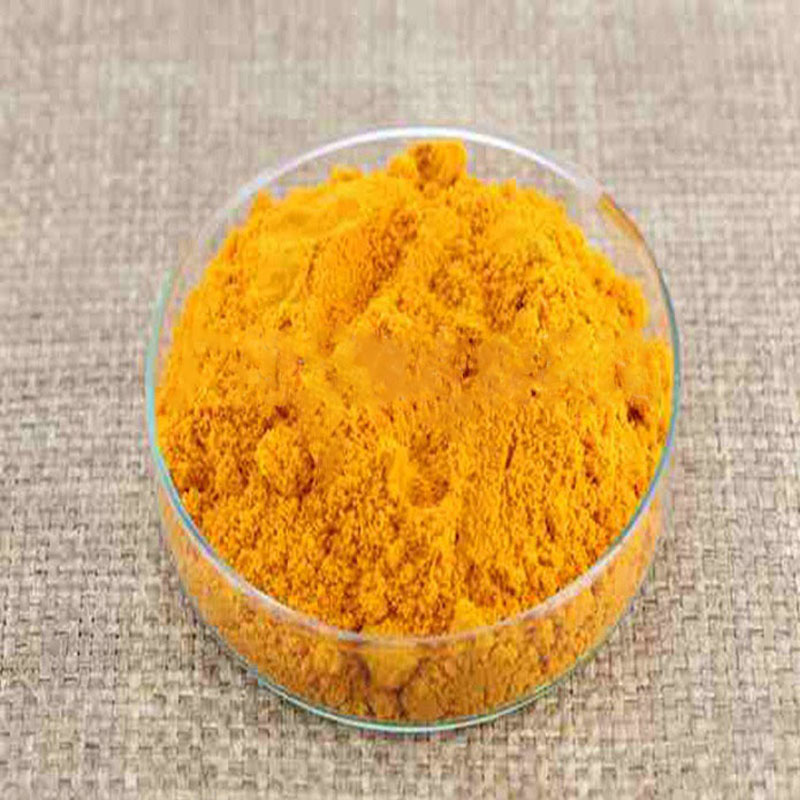
What’s moving the market
- Natural yellow (E100) replacing synthetics in sauces, plant milks, confectionery.
- Standardized curcuminoids for supplements (immunity, joint, recovery), though claims must be careful.
- Steam-sterilized spice bases for ready meals.
- Water-dispersible systems for beverages—this is where formulators sweat.
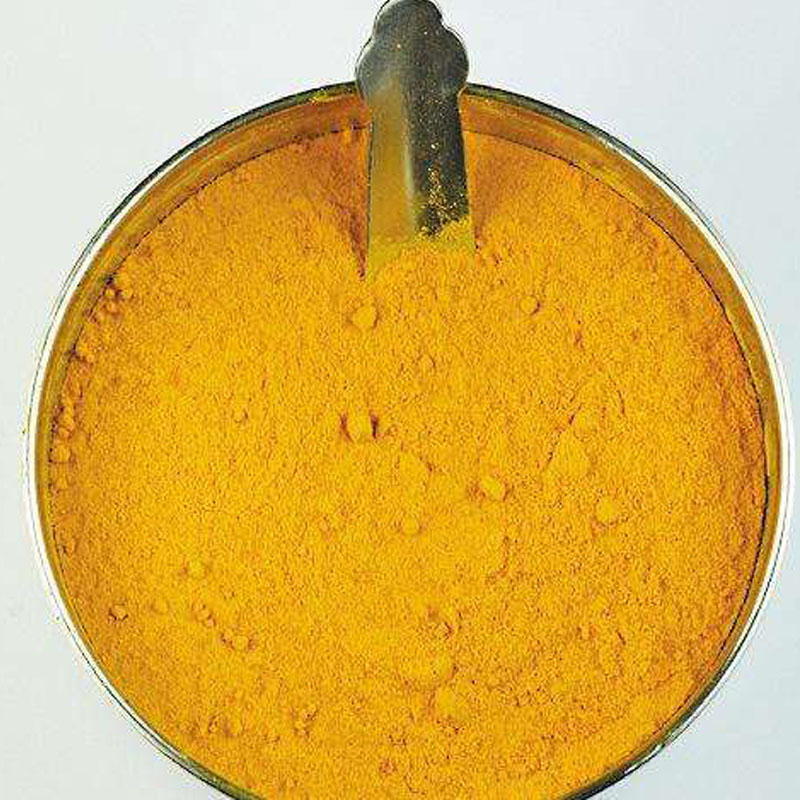
Product snapshot and specs
| Parameter | Typical Spec (≈, real-world may vary) |
|---|---|
| Botanical | Curcuma longa L. rhizome |
| Standardization options | Curcuminoids ≈ 5%, 20%, 45%, 95% |
| Form | Powder; oil-dispersible or water-dispersible (beverage-grade) on request |
| Solvent system | Food-grade ethanol; carrier options (maltodextrin, gum arabic) for dispersions |
| Color strength (E100) | High tinting strength; beverage trials: stable pH 3–7, heat 85–95°C, light-protected |
| Moisture | ≤ 10% |
| Heavy metals/pesticides | Meets Codex/USP/AOAC-guided testing; COA per lot |
| Microbiology | Steam-sterilized option; typical low APC/yeast & mold; absence of pathogens |
| Packaging & shelf life | Multi-layer bags, 25 kg; 24–36 months, cool & dry |
Process flow (how it’s really made)
Raw rhizomes → cleaning and drying → milling → ethanol extraction → concentration → crystallization/refining (for high-potency curcuminoids) → blending with carriers (for dispersions) → steam sterilization → sieving → packing. Materials are sourced with farm-level traceability; I’ve seen suppliers in Hebei (No. 268 Xianghe Street, Xingtai Economic Development Zone) run both domestic and imported lots, depending on harvest cycles.
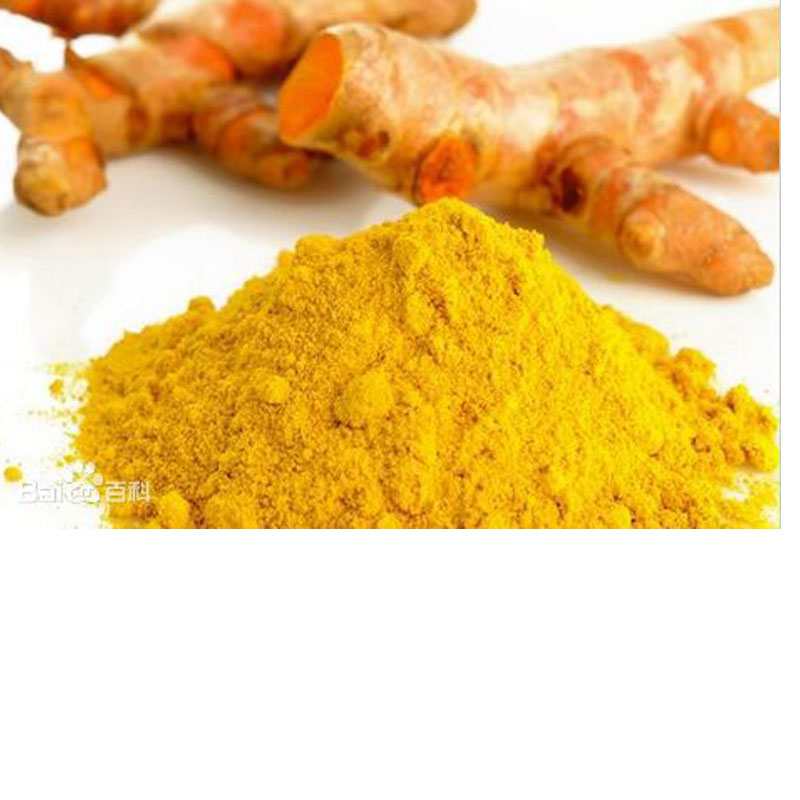
Testing, compliance, and service life
- Assay by HPLC per AOAC-accepted methods; identity via HPLC fingerprint/UV-Vis.
- Microbiological testing aligned with international norms; heavy metals by ICP-MS.
- Meets clean-label norms for E100 use; documentation for HACCP, ISO 22000, and GMP is increasingly standard.
Storage: protect from light/oxygen; real-world service life is around 24–36 months if sealed.
Where it’s used (beyond curry)
- Food: sauces, noodles, savory snacks; sweet bakes like sfouf.
- Beverages: “golden milk,” juices; water-dispersible turmeric root extract works best.
- Nutraceuticals: capsules/tablets with 95% curcuminoids.
- Beauty: tinted balms, masks (low odor grades).
- Pet nutrition: color and functional positioning.
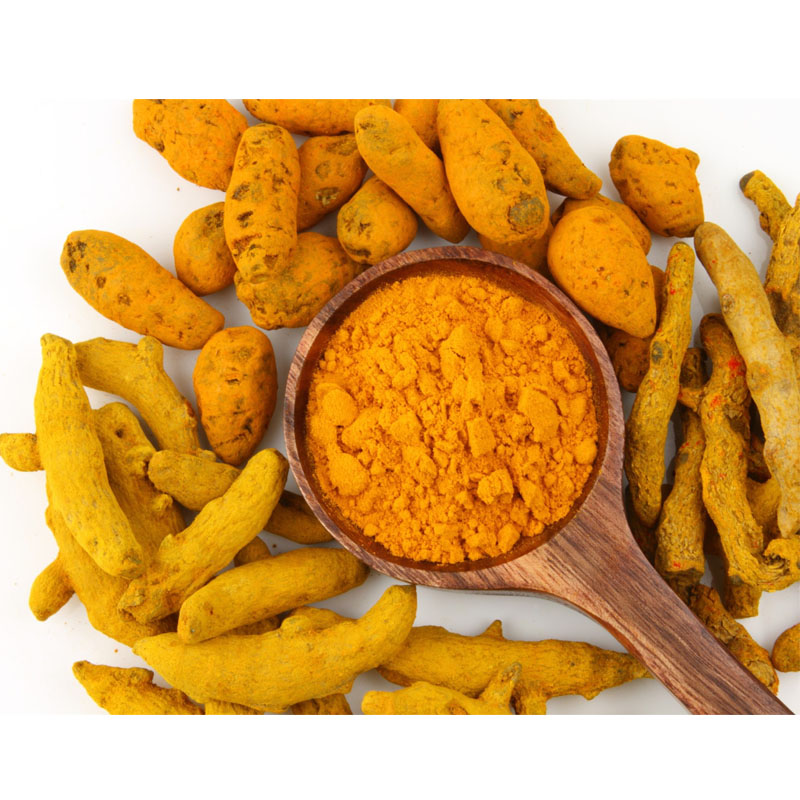
Vendor landscape (quick comparison)
| Vendor Type | Traceability | Quality Options | Customization | Certifications | Lead Time/Price |
|---|---|---|---|---|---|
| Specialized spice/extract maker (Hebei) | Farm-to-lot COA, good | 5–95% curcuminoids, steam-sterilized | Color tuning, dispersions | HACCP, ISO 22000, GMP | Moderate/Competitive |
| Commodity broker | Varies by lot | Basic powders; fewer dispersions | Limited | Mixed | Fast/Lowest |
| Boutique extract lab | Excellent | High-potency + novel carriers | High (pilot scale) | Broad | Long/Highest |
Customization + quick case notes
- Beverage brand: switched to water-dispersible turmeric root extract with light-protection advice; color held 12 weeks at pH 3.6, 4°C.
- Spice blend house: steam-sterilized 5% curcuminoids grade reduced recalls anxiety; customers said flavor stayed “warm, not muddy.” Honestly, that’s the sweet spot.
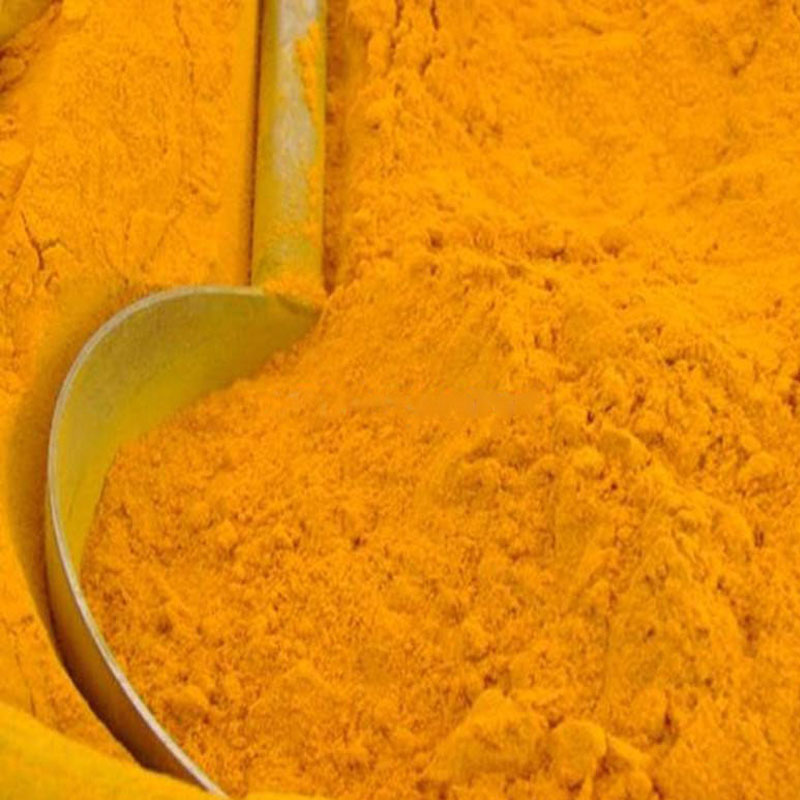
Certs, standards, and what to ask suppliers
Ask for: batch COA with HPLC chromatogram, micro results, heavy metals, pesticide screens; confirm HACCP/ISO 22000; alignment with Codex spice standards; and AOAC/USP-referenced methods. It seems dull, but it’s what keeps launches clean and auditors happy.
References
- NIH Office of Dietary Supplements – Turmeric/Curcumin Fact Sheet
- EFSA Journal: Re-evaluation of Curcumin (E 100) as a Food Additive
- Codex Alimentarius – Standard for Spices and Culinary Herbs (CXS 328-2017)
- AOAC Official Methods – Curcuminoids by HPLC (see AOAC resources)
- WHO Monographs on Selected Medicinal Plants – Curcuma longa L.
- ASTA Cleanliness Specifications for Spices
-
Capsicum frutescens oleoresin – High Purity, Food GradeNewsNov.17,2025
-
Capsicum Frutescens Oleoresin – Natural Heat & FlavorNewsNov.17,2025
-
Peppereka Powder – Fresh, Vibrant Color & Sweet AromaNewsNov.17,2025
-
Paprika Oleoresin | Natural Red Color, Heat & Flavor BoostNewsNov.17,2025
-
Pure Turmeric Extract 95% Curcumin | Potent, Lab-TestedNewsNov.17,2025
-
Red Papper Pods – Premium Sun-Dried, Bold Heat & AromaNewsNov.10,2025







